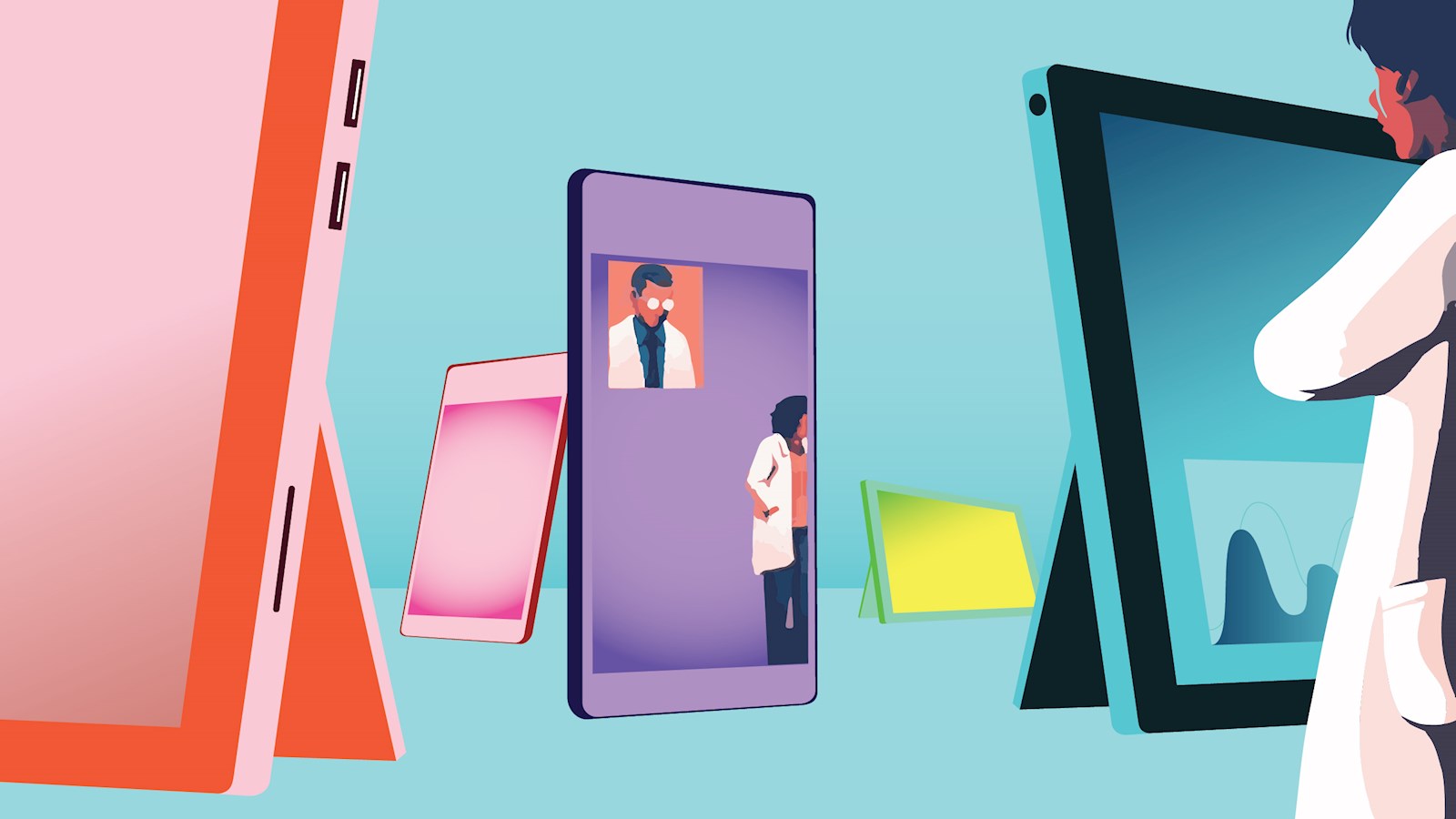
The future of healthcare
Emerging tech-based solutions in the healthcare category
In 2015, investors were rapidly pouring money into health start-up companies and backing innovators who were eager to stake their claim within the trillion-dollar healthcare industry.
Fast forward to 2019, and hardly a day has gone by without news of yet another company acquiring funding to “get into healthcare”. The deals are getting larger and larger, and more investors than ever are taking the plunge into online health.
Rock Health has been tracking investments within the digital health ecosphere since 2011, and according to their recent data, funding in 2019 is set to reach $10 to $12 billion1.
Past investment has concentrated more on consumer-based products, but there has been a rapid, headline-grabbing shift into the pharmaceutical arena.
This spike in investment activity has focused on R&D, clinical trials and digital therapeutics. Although consumer health is still a vital sector, more money is being invested in areas that had previously sat within pharma. Digital therapeutics is no longer seen simply as a “beyond the pill” service. Instead, it’s gaining strength as a standalone product, as are partnerships or outright acquisitions of consumer-oriented technologies now bolstering this nascent area of the pharma industry.
AI seems to be everywhere. Atomwise, Owkin, and Insilico are changing the R&D process by applying the power of machines, globally, at scale. Merck recently partnered with Atomwise, and GlaxoSmithKline is partnering with Insilico Medicine.
TrinetX is connecting systems to speed up research by combining longitudinal data with analytics to answer complex research questions in almost real time.
The race to the top
The race is on to be the first to connect patients, create seamless experiences, and collect real-time data. Clinical trial companies like Medable and Science37 are taking on the challenge, starting on a path that will eventually lead to virtual trials. Apple and Alphabet, parent company of Google, are also entering this space, since they have the ability and reach to bring onboard a large network of partners, including healthcare providers and electronic health record (EHR) vendors.
Matching the right trial with the right patient is a time-consuming and challenging process for both the clinical study team and the patient. Apple has the vast resources needed to help clinical trials recruit patients and monitor their health remotely. For example, researchers at Duke University developed an app, Autism & Beyond, that uses the iPhone’s front camera and facial recognition algorithms to screen children for autism.
In 2017, Verily, the life-science division of Alphabet, launched Project Baseline, an innovative clinical research initiative. The company has recently announced strategic alliances with Novartis, Otsuka, Pfizer and Sanofi to develop new clinical research programmes using the Project Baseline platform across multiple therapeutic areas.
Other companies like Deep6 AI are using their technology to connect to electronic medical records (EMRs) to find patients meeting a specific trial protocol. Deep6 uses AI’s capability for digesting vast amounts of structured and unstructured data to quickly find the right patients for the right trials.
Partnerships between patient organisations and technology companies are also starting to have an impact on clinical trials. Antidote, a digitally focused clinical trial recruitment company, has partnered with nearly 300 patient organisations to enable patient targeting for specific trials. Gone are the days of using billboard ads in subway stations to recruit patients for a clinical trial.
On the commercial side, all roads seem to be leading to digital therapeutics. Whether this is for new services that go beyond a pill, or developing stand-alone products, pharma companies are buying, partnering with, or beginning to compete with companies to launch tech solutions that help patients.
Click Therapeutics has an online platform of “prescription digital therapeutics”. In addition to the company’s depression treatment software, Click has created Clickotine, a smoking cessation app. The app offers services such as live coaching, access to nicotine replacement therapy and personalised messages to keep patients on track.
Boston-based Pear Therapeutics is another early entrant in this market. The company’s approach is to integrate clinically validated software applications with previously approved pharmaceuticals and treatment paradigms.
Companies such as Omada and Livongo are providing patients with a combination of digital tools and care teams to change the way those with chronic diseases such as diabetes live with and manage their condition. Their goal is to eliminate the need for medication.
This is a time of intense and rapid change in healthcare, and technology-powered solutions are beginning to take hold, enabling patients to manage a whole host of health-related issues. The future of healthcare, at least from my point of view, is bright, and technology is helping to fuel countless possibilities.
published on
20 December 2019
Category
More in Technology & data

How to build your brand in-game
A new research report from WPP and SuperAwesome

WPP puts itself at the heart of collaborative 3D worlds
Pixar's 3D animation file format – USD – is the invisible building block of our digital 3D future.

A clarion call for AI, accessibility & advertising
Innovating at the intersection of AI, accessibility, and advertising

